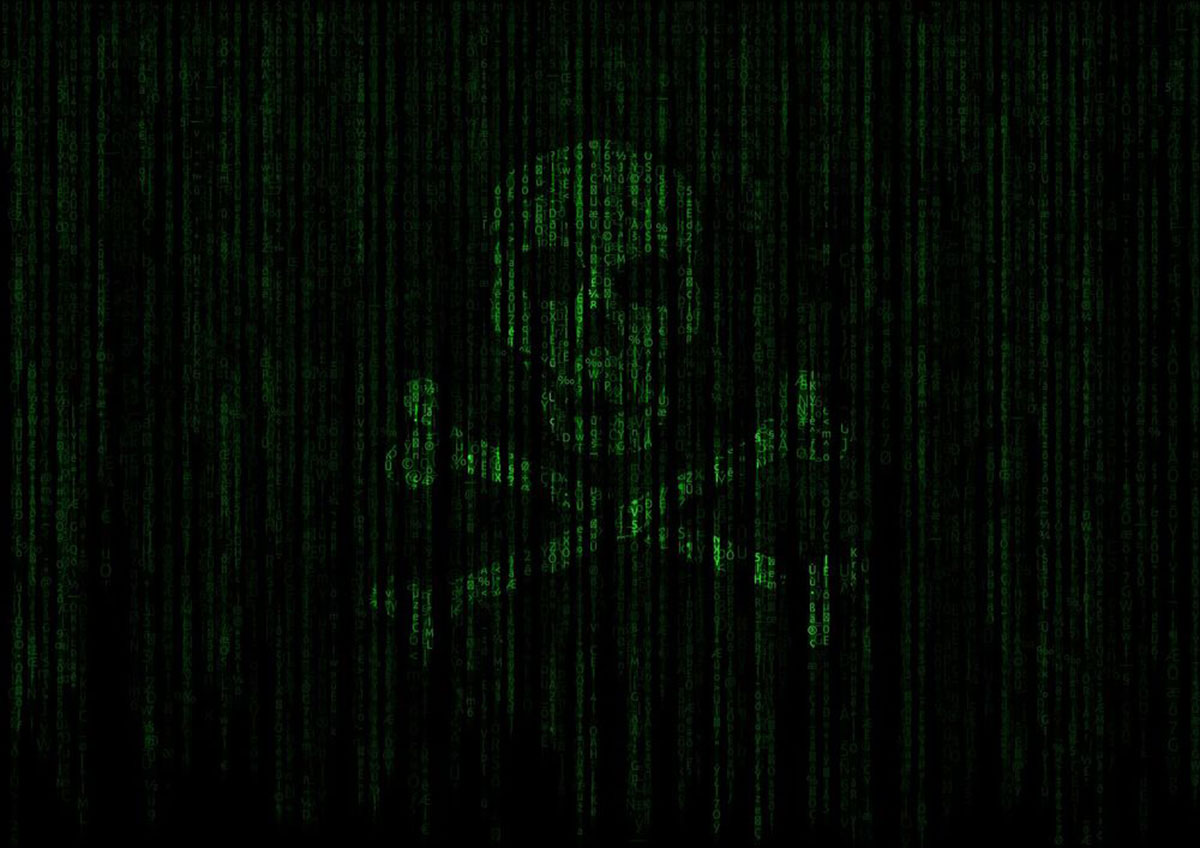
The LockBit ransomware gang launched the third installment of its service, LockBit 3.0, introducing Zcash cryptocurrency payment options, new extortion tactics, and the first ransomware bug bounty program.
The notorious gang’s ransomware-as-a-service (RaaS) operation, active since 2019, recently received an overhaul after two months of beta testing. LockBit 3.0 seems to have been already used in attacks.
Developers also included some less obvious modifications. For instance, they adopted the new [id].README.txt naming format and gave up on the iconic Restore-My-Files.txt format. Any other under-the-hood modifications brought to LockBit’s internals (such as its encryptor) remain unknown.
The most intriguing part remains the debut of the first ransomware bug bounty program, launched in conjunction with LockBit 3.0. In it, the gang offers rewards ranging from $1,000 to $1 million in exchange for valid bug report submissions.
“We invite all security researchers, ethical and unethical hackers on the planet to participate in our bug bounty program,” according to LockBit 3.0’s bug bounty page. “The amount of remuneration varies from $1000 to $1 million.”
However, the operation’s bug bounty program is not limited to just finding vulnerabilities with the service. It also includes the following:
- Web Site Bugs: finding website weak spots, including MySQL injections and XSS vulnerabilities, getting a shell on the website’s server
- Locker Bugs: identifying flaws that would lead to corrupted files during encryption or vulnerabilities that would allow the decryption of files without the decryption key/tool
- Brilliant Ideas: LockBit pays for ideas or suggestions that would help them improve their operation
- Doxing: in exchange for identifying the affiliate program manager, LockBit offers $1 million in cryptocurrency
- TOX Messenger: finding TOX messenger vulnerabilities, including those that would facilitate intercepting communications, running malware or detecting the IP addresses of interlocutors
- Tor Network: finding vulnerabilities that would expose the IP address of the server hosting the website on the onion domain, get root access to servers, or dump the website’s database
Another new LockBit 3.0 feature is an extortion model that lets perpetrators buy stolen data leaked on the website. Perpetrators can purchase and retrieve the data directly or via Torrent, depending on its size.
Last but not least, the ransomware service embraced Zcash as a crypto payment option. LockBit previously accepted crypto payments in Bitcoin and Monero but Zcash is new on the list of options. Monero and Zcash are deemed privacy coins that are more difficult to trace than Bitcoin.